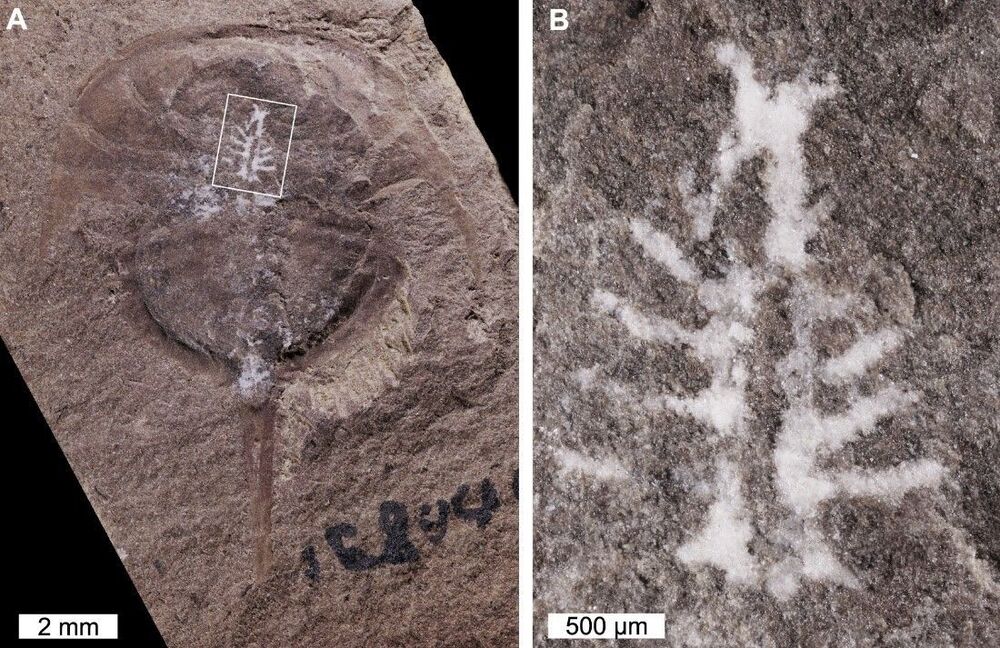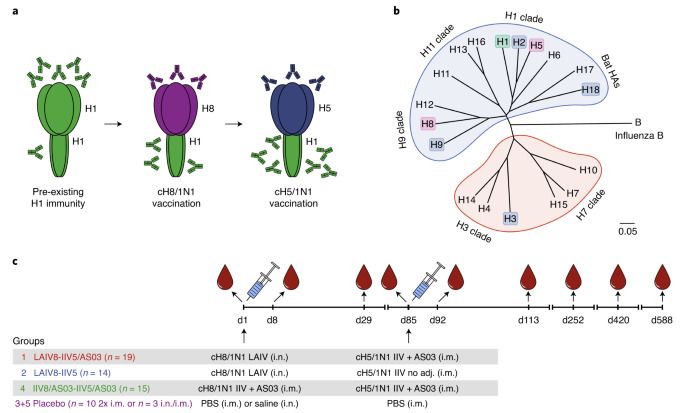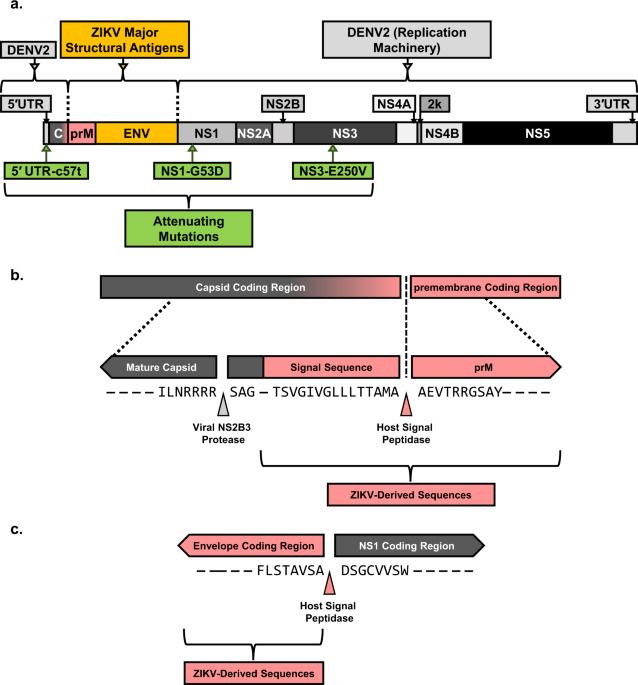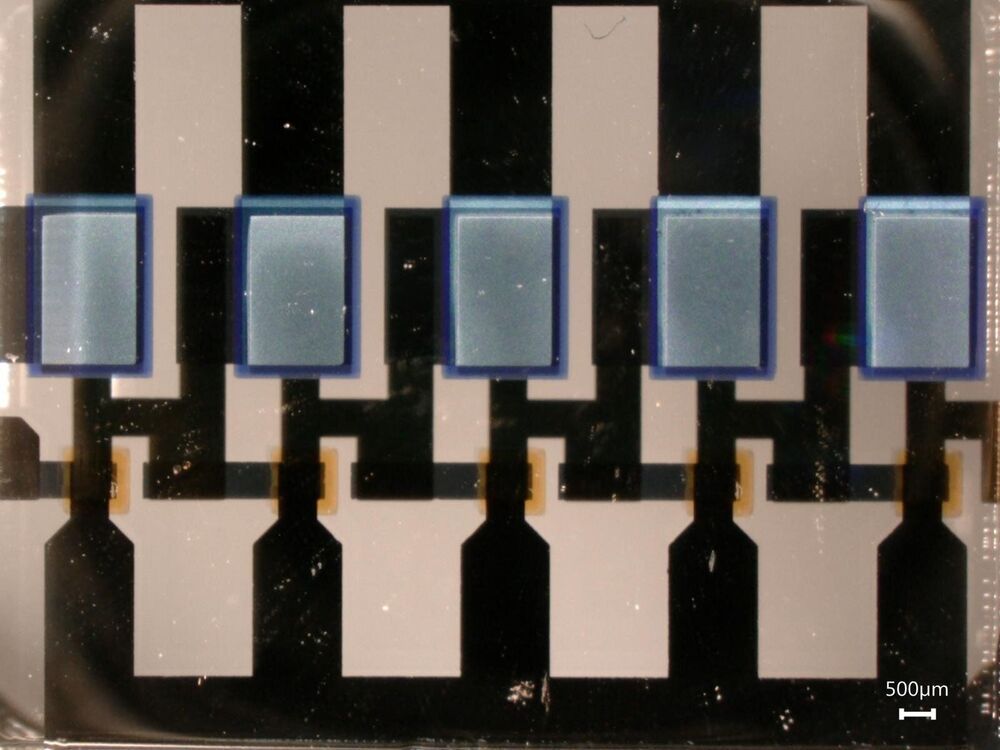Aug 6, 2021
310-million-year-old Brain Exceptionally Preserved in Unique Fossil
Posted by Quinn Sena in categories: biotech/medical, neuroscience
Researchers have discovered one of the oldest and best-preserved brains in the fossil record. A 310-million-year-old horseshoe crab was found with its complete brain intact, thanks to a previously unknown preservation method.
The majority of our knowledge of ancient creatures comes from bones – soft tissues don’t fossilize very well. Some mechanisms are better than others at preserving these fragile tissues though, most famously amber. Scientists can then scan amber-encased creatures to image their brains and other organs.
But that record only goes back so far. The oldest amber inclusions date back about 230 million years ago, to the Triassic period. Burgess Shale-type deposits, however, extend as far back as 520 million years ago, to the early Cambrian. These mudstone deposits can also preserve soft tissues as carbon films – most commonly the gut, but on rare occasions imprints of parts of the nervous system can be found.


















